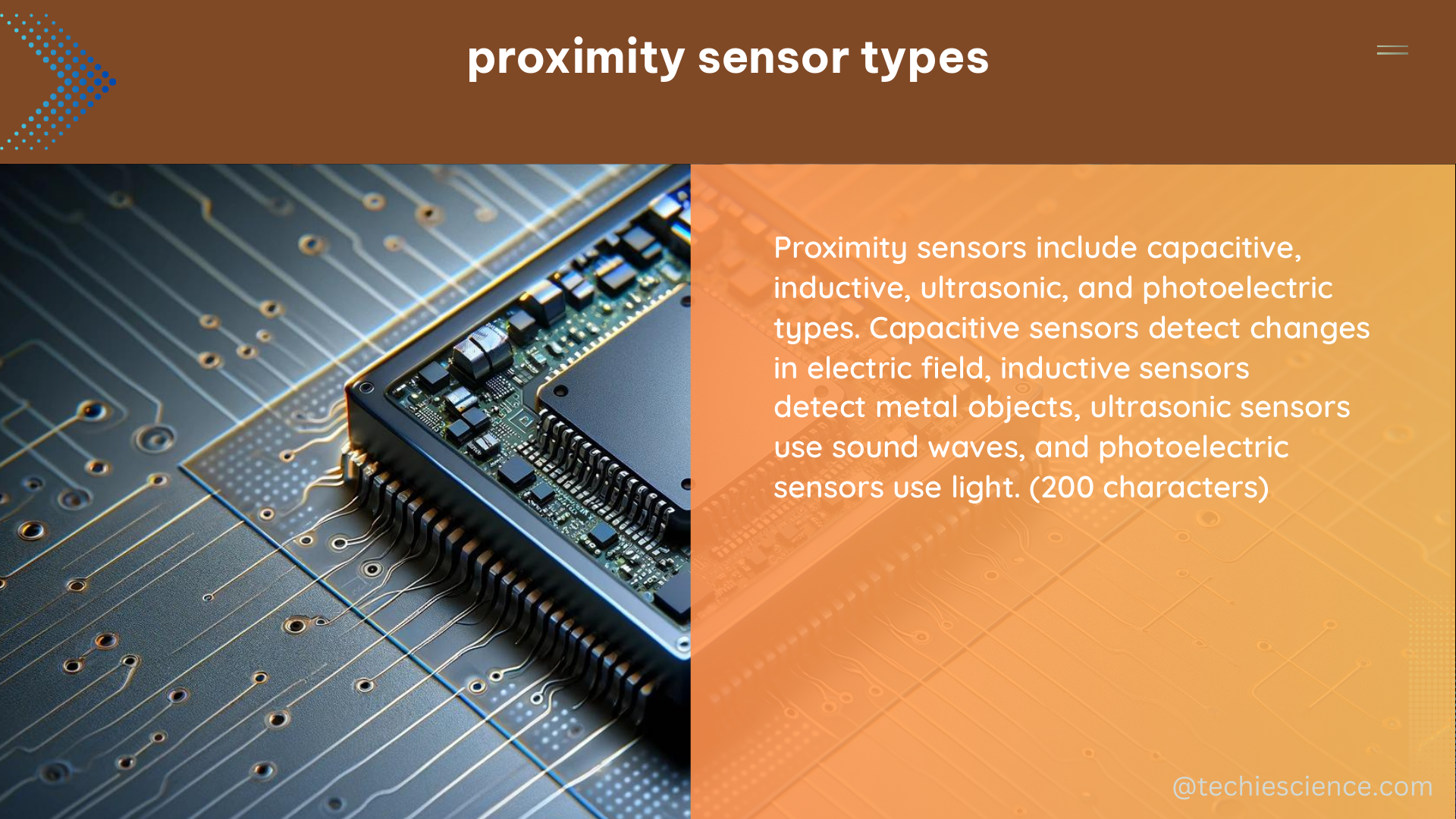Proximity sensors are essential components in various applications, including position detection, robotics, and electronic skin, due to their unique advantages such as resistance to fouling, water tightness, long service life, low maintenance cost, and high mean time between failure (MTBF) value. Among proximity sensors, inductive proximity sensors (IPSs) and capacitive proximity sensors (CPSs) are widely used in the industry field of position detection, especially in the aviation and aerospace fields.
Inductive Proximity Sensors (IPSs)
IPSs use a coil as the primary transducer, and the inductance component of the coil correlates to the distance between the IPS and the target. However, the resistance component of the coil changes significantly as the temperature changes, which constrains the detection precision of IPS.
Analog-Digital Mixed Measurement Method
To address the problem of temperature drift, an analog-digital mixed measurement method based on the two-dimensional look-up table has been proposed. This method separates the inductance and resistance components by processing the measurement data, reducing temperature drift and generating quantitative outputs. The key features of this method include:
- Two-Dimensional Look-Up Table: The two-dimensional look-up table is established and implemented by conducting an IPS operating principle analysis and structural modeling, which reduces the online computational complexity.
- Data Compression: The look-up table is effectively compressed by considering the distribution characteristics of the sample data, simplifying the processing circuit and reducing power consumption.
- Real-Time Built-In Self-Test (BIST): A real-time, built-in self-test (BIST) function is also designed and achieved by analyzing abnormal sample data.
The analog-digital mixed measurement method based on the two-dimensional look-up table has been shown to effectively reduce temperature drift and generate quantitative outputs for IPSs, improving their performance in various applications.
Capacitive Proximity Sensors (CPSs)

CPSs measure the capacitance change caused by the proximity of an object. They can be constructed using interdigitated capacitor (IDC) structures, and the sensitivity of IDC CPSs can be improved by optimizing the structure parameters.
IDC CPS Structure and Performance Evaluation
The performance of IDC CPSs can be evaluated by measuring the capacitance change as a function of the distance between the sensor and the object. Key factors that affect the performance of IDC CPSs include:
- Sensor Structure: The IDC structure, including the number of fingers, finger width, and spacing between fingers, can be optimized to improve sensitivity and detection range.
- Sensor Material: The choice of sensor material, such as metal or dielectric, can also impact the capacitance change and sensor performance.
- Sensor Geometry: The overall geometry of the IDC sensor, such as the size and shape, can be designed to meet specific application requirements.
By understanding the construction and performance characteristics of IDC CPSs, engineers can design and optimize sensor systems for various proximity sensing applications.
DIY Proximity Sensor
To build a DIY proximity sensor, you can follow these steps:
- Choose a Sensor Type: Decide whether you want to build an IPS or a CPS based on your application requirements and the advantages of each sensor type.
- Select Sensor Parameters: Determine the desired sensing range, sensitivity, and other technical specifications for your proximity sensor.
- Design the Sensor Circuit: Develop the electronic circuit for the chosen sensor type, including the transducer, signal conditioning, and processing components.
- Optimize the Sensor Algorithm: Implement the appropriate signal processing algorithm, such as the analog-digital mixed measurement method for IPSs or capacitance change measurement for CPSs, to improve sensor performance.
- Test and Calibrate: Thoroughly test the DIY proximity sensor and calibrate it to ensure accurate and reliable measurements.
- Integrate into Application: Integrate the DIY proximity sensor into your target application, such as robotics, electronic skin, or position detection systems.
By following these steps, you can build a customized proximity sensor that meets the specific requirements of your application.
Conclusion
The technical specifications and performance characteristics of proximity sensors, including IPSs and CPSs, are crucial for their successful implementation in various applications. The analog-digital mixed measurement method based on the two-dimensional look-up table and the construction and performance evaluation of IDC CPSs are essential for optimizing the performance of these sensors. By understanding the principles and techniques behind proximity sensor types, engineers and researchers can design and develop innovative sensor systems that address the unique challenges of their target applications.
References:
- “An Analog-Digital Mixed Measurement Method of Inductive Proximity Sensor” Link
- “Recent Advances on Capacitive Proximity Sensors” Link
- “Sensor-based proximity metrics for team research. A validation study across three organizational contexts” Link

The lambdageeks.com Core SME Team is a group of experienced subject matter experts from diverse scientific and technical fields including Physics, Chemistry, Technology,Electronics & Electrical Engineering, Automotive, Mechanical Engineering. Our team collaborates to create high-quality, well-researched articles on a wide range of science and technology topics for the lambdageeks.com website.
All Our Senior SME are having more than 7 Years of experience in the respective fields . They are either Working Industry Professionals or assocaited With different Universities. Refer Our Authors Page to get to know About our Core SMEs.